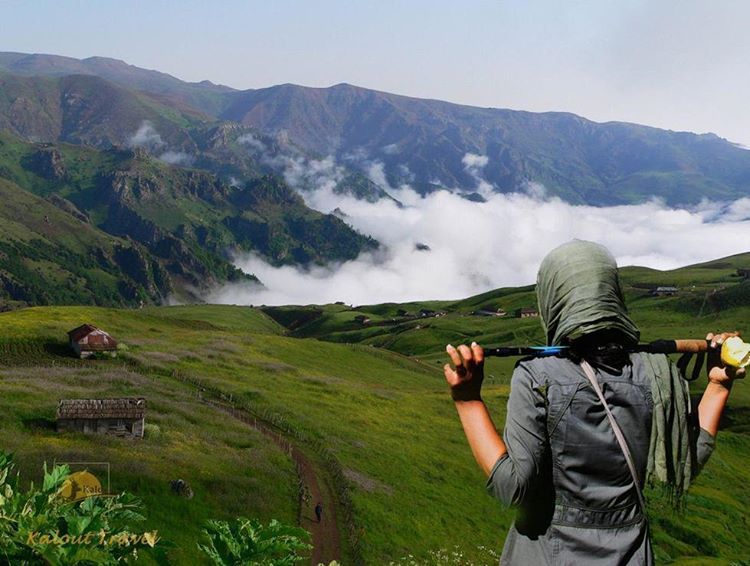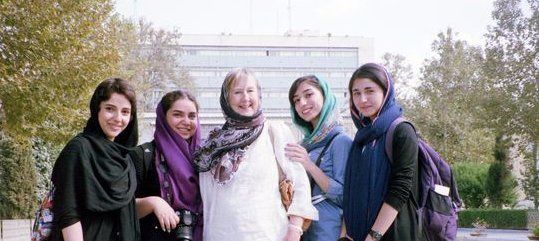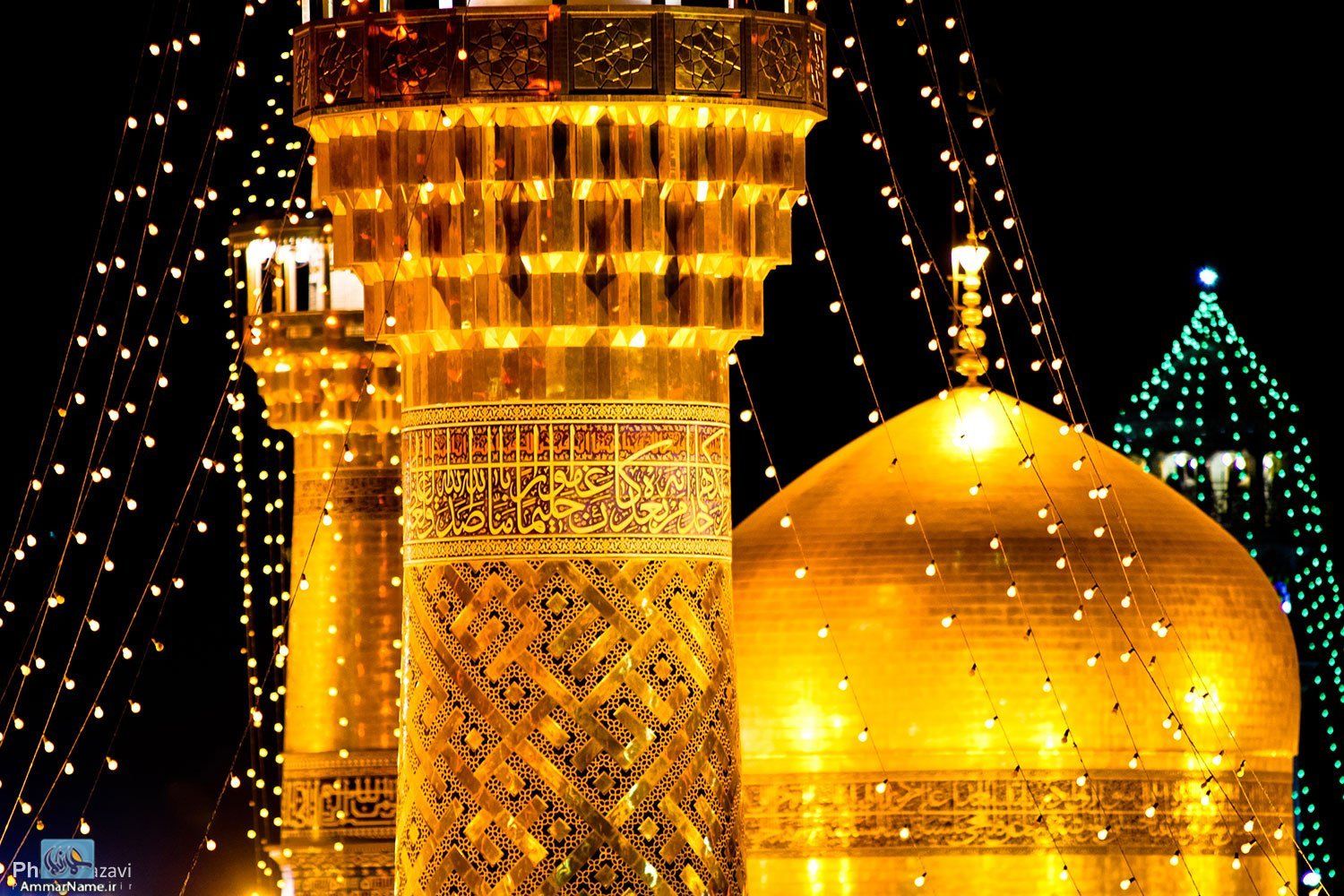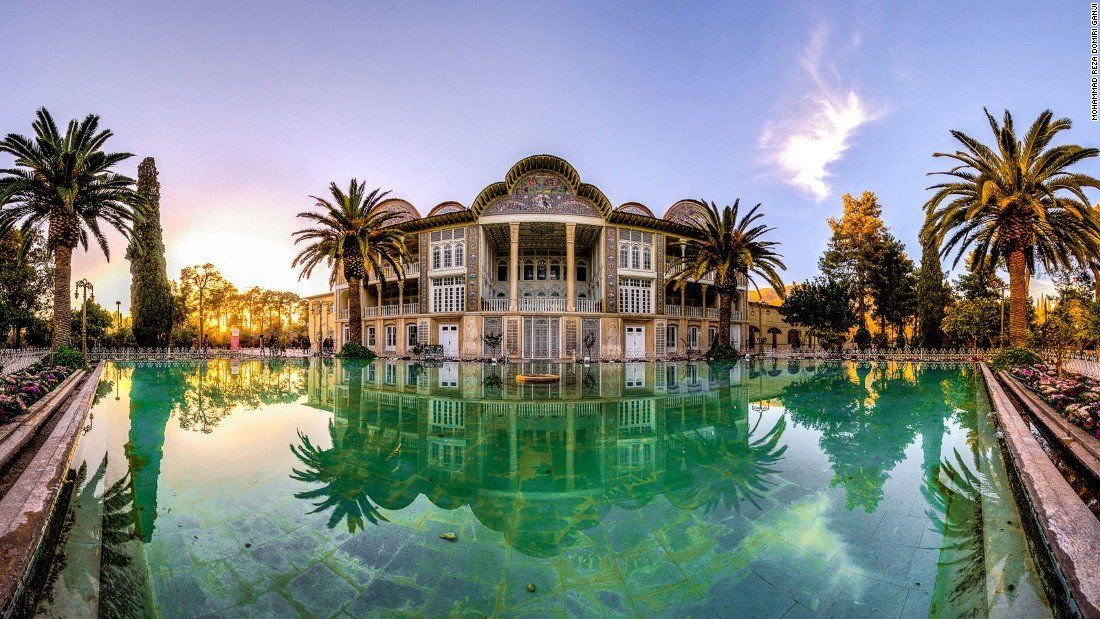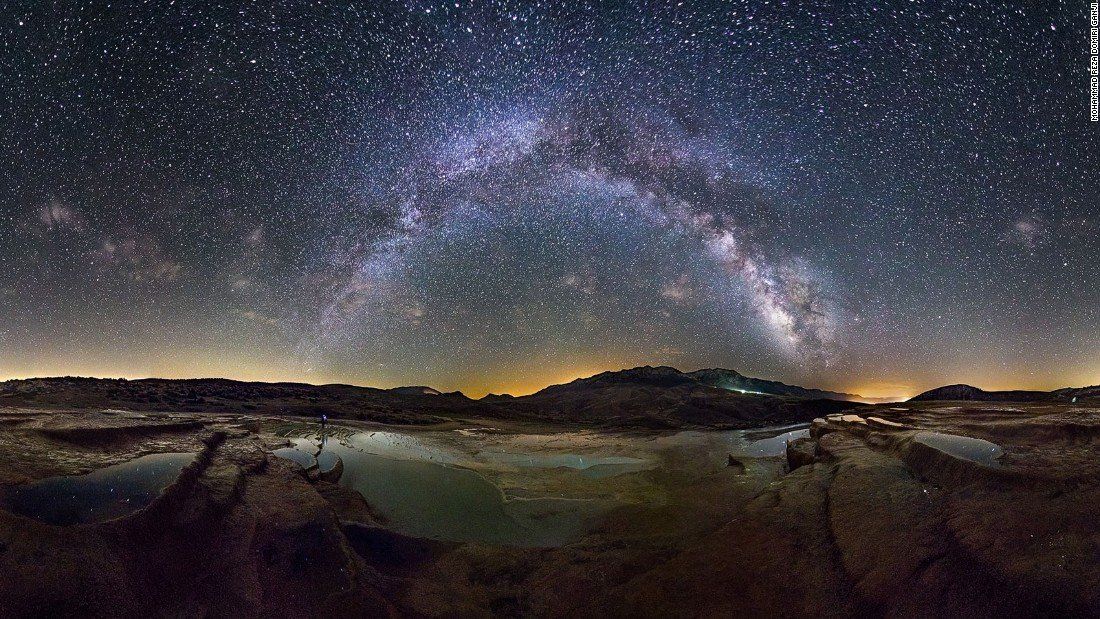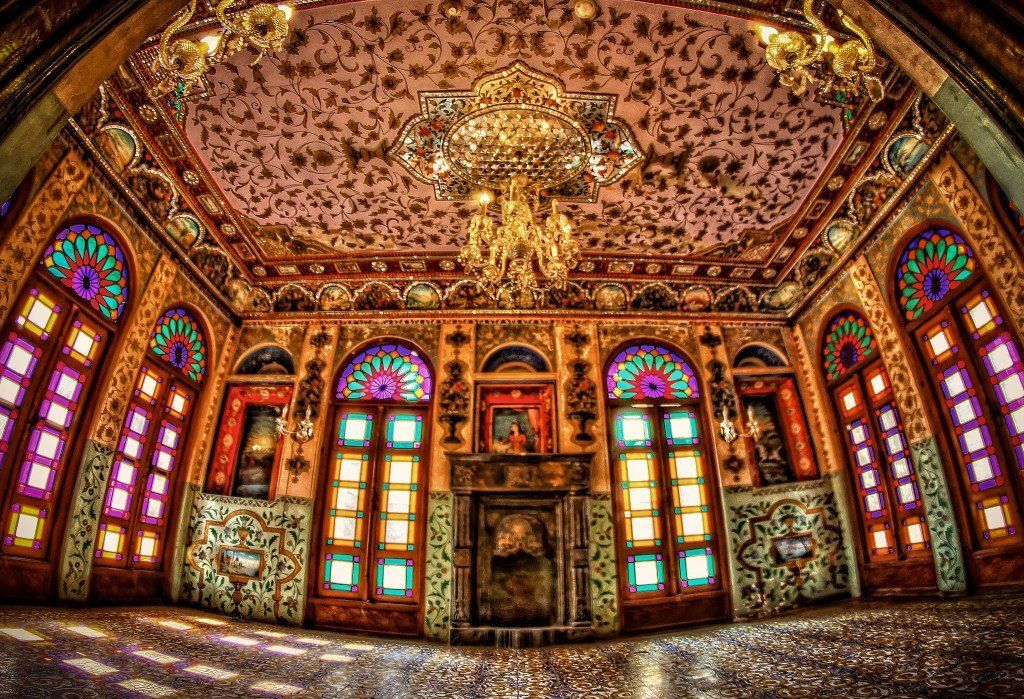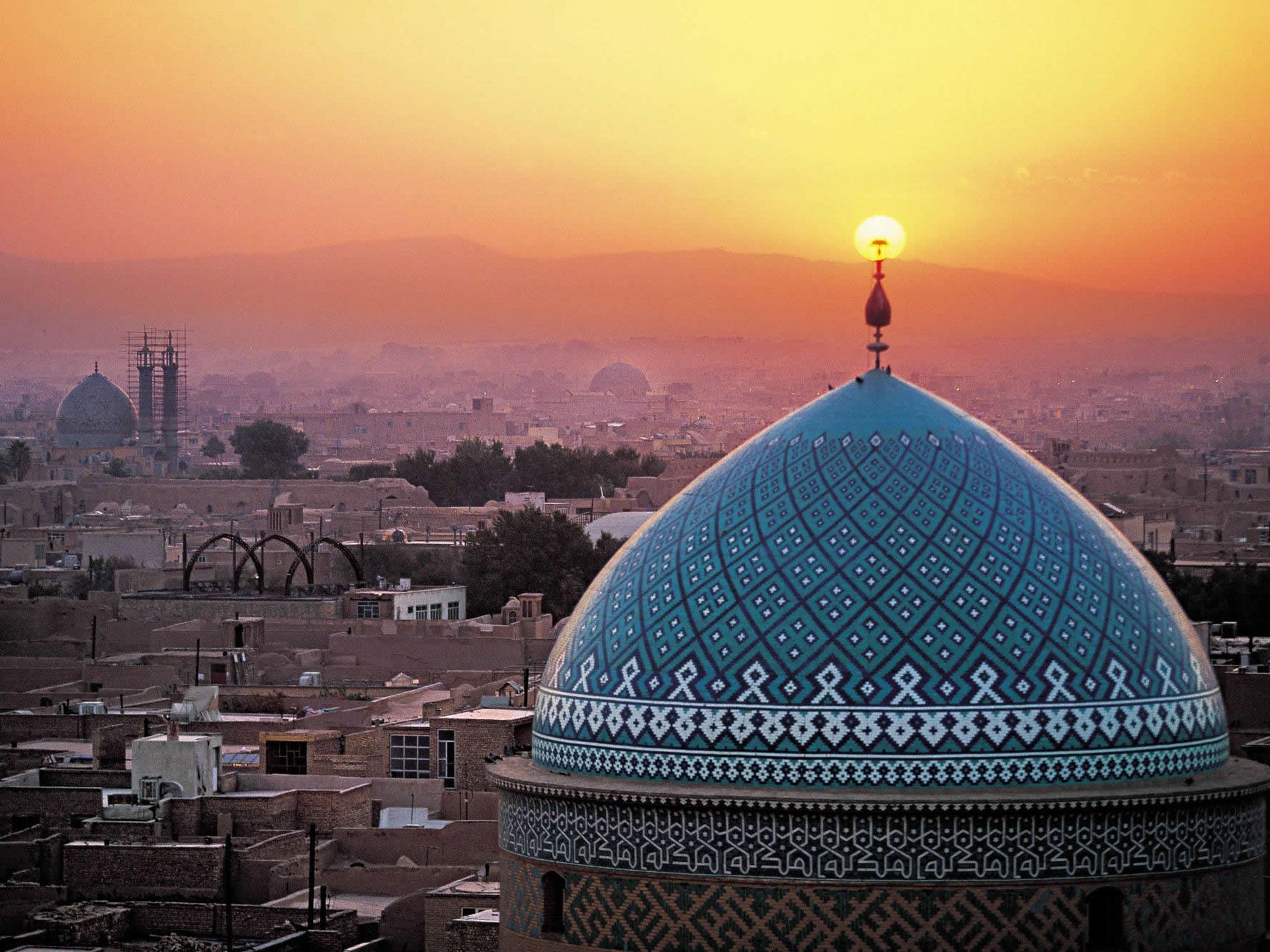12 things you probably didn’t know about Iran
- By Oksana Grishchenko
- •
- 25 May, 2016
- •
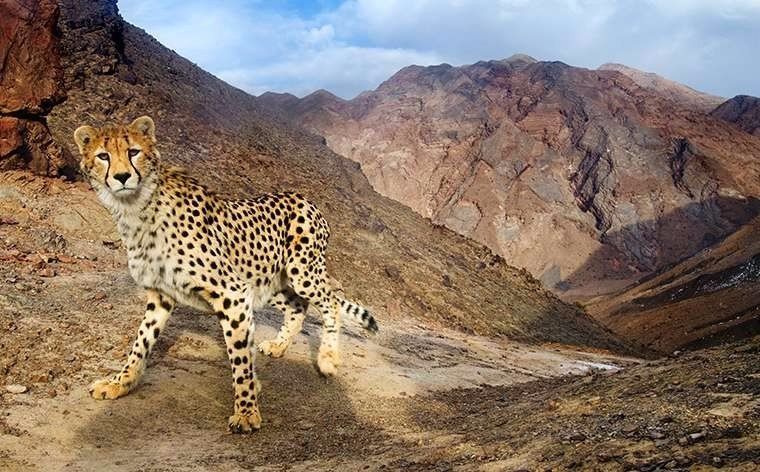
1. Persian politeness is an art form

If you get in a cab anywhere in Iran, chances are when you try to pay, your driver will refuse to take your money. Walk into a shop to buy something, the same happens. Baffled?
The cultural practice of Taarof is Iran’s own personal brand of etiquette. You’re not really being given a freebie, it’s a form of civility and all you have to do is play along. It’s all about denying your will to please the other person – and it extends to pretty much every social situation.
Say you get invited to dinner. The polite response would be to refuse, only to have your host insist so that you can, again, refuse. Granted, it can get a little awkward but don’t worry, three times is usually the charm and the important thing is to end up agreeing.
2. Mind your manners
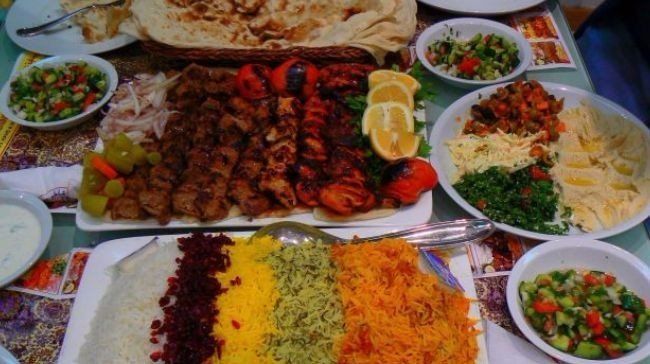
If you do get invited to dinner at an Iranian family’s home, you’re in for a treat – it’s where you’ll find the best of the nation’s cuisine.
In order to be the perfect guest, here are a few pointers on Iranian table manners. For one, don’t expect a table. Persians commonly take their meals sitting on the floor, sometimes without utensils. Whether or not these are provided, you should only eat with your right hand.
You should accept all offers of food and drink (but be sure to decline once or twice first!) and it is polite to try a bit of everything that is served.
Yes, you’ll be absolutely stuffed by the end of it. Iranians like to serve their guests in abundance and consider it their duty as hosts to provide more food than you can eat. There’s an easy way to settle this though, leave a little on your plate when you’re finished to show that you’ve had enough!
3. Old habits die hard
Though Iran’s official currency is the Rial, you’ll soon notice that every time you fish for your wallet you’re being asked to pay in tomans.
Don’t panic. You won’t need to go running back to the exchange desk.
The toman was Iran’s old currency, replaced by the rial in 1932 at a rate of 1 = 10. So, when someone quotes a price to you in toman, all you have to do is times it by ten and you can start dishing out your rial bank notes.
4. They didn’t invent the nose job but they might as well have
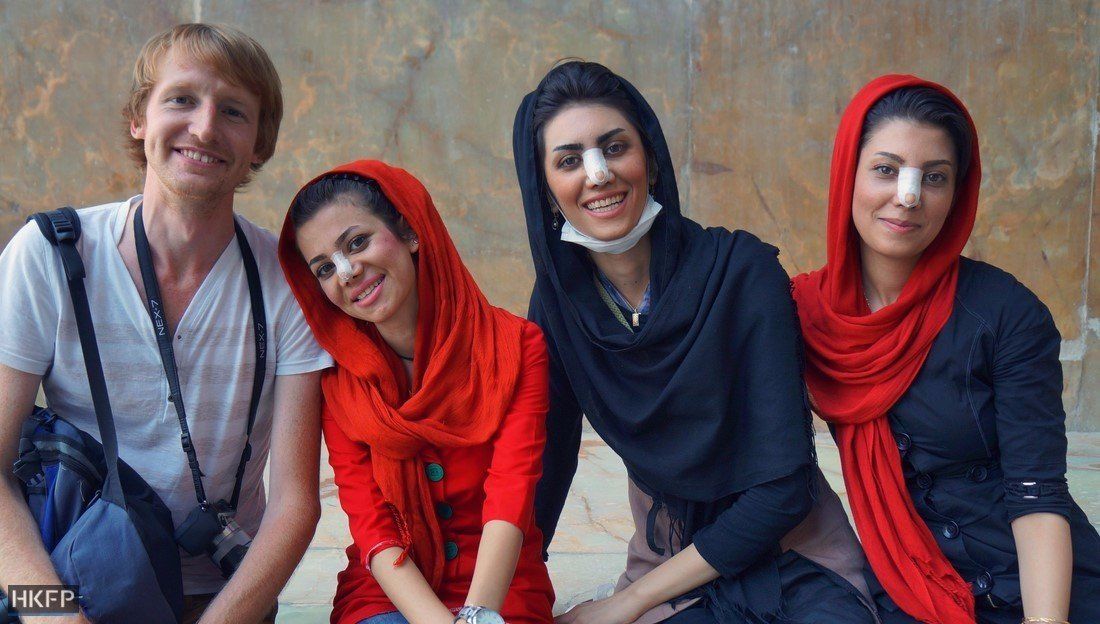
Believe it or not, Iran has the highest rate of nose surgery in the world per capita.
The pursuit of the perfect nose certainly has a lot to do with the restrictions of the hijab dress code leading to a larger focus on the face but it’s about more than physical beauty. For Persian women (and some men), it’s also an indicator of wealth and social status.
In fact, the operation is so coveted that many patients keep their bandage on long after they’ve recovered simply to show they’ve had the procedure done – and some people even wear fakes!
5. Young at heart
6. There’s a freerunning frenzy
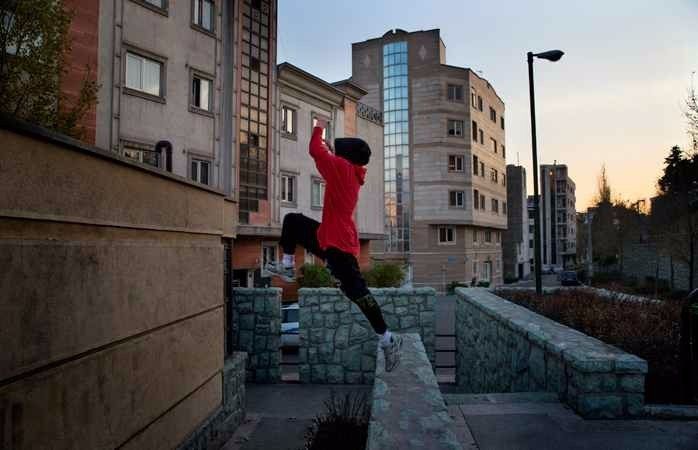
So what do all these young people do in their free time?
You’ll probably be surprised to learn that parkour – the urban obstacle-course training activity – has been quite the trend in Iran since its practice first took off in 2002.
Young men train in small clubs and public parks and then put their skills on display in the streets and, though their participation has to be a little more discreet, many girls also participate, donning modern and comfortable hijab sportswear.
7. It’s not all sand dunes
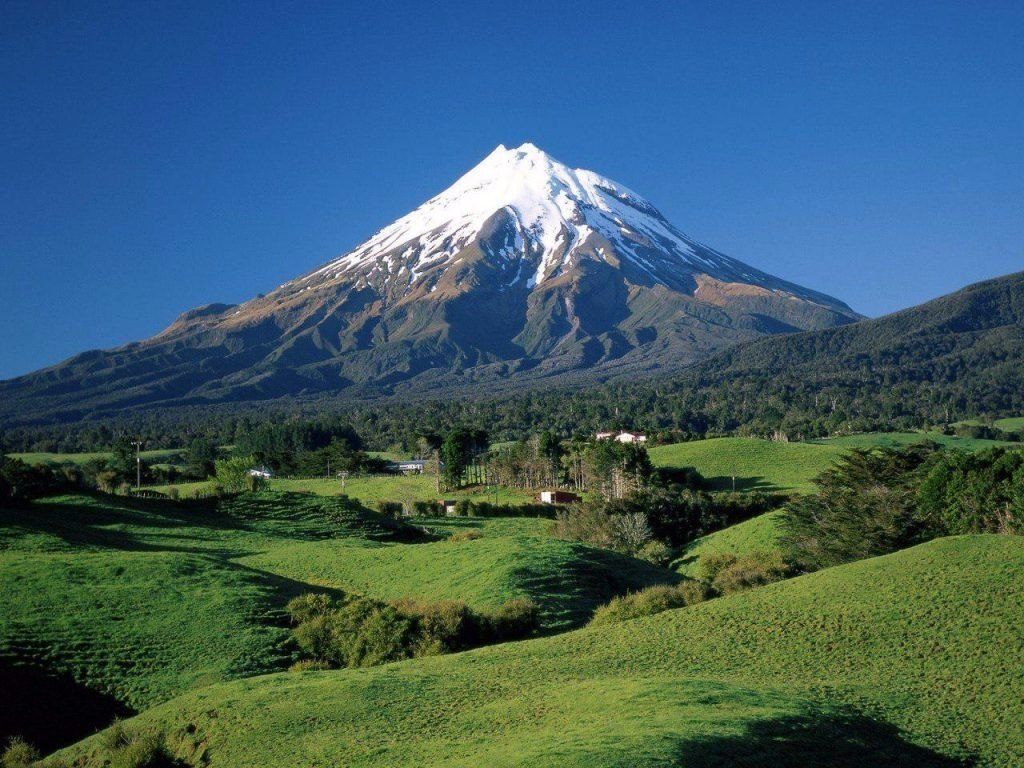
If you think Iran is a country made up entirely of arid desert plains, think again. Not only does it have plenty of mountains (and half a dozen volcanoes), head for the peaks of the Alborz Mountains – only a few hours from Tehran – and you’ll discover several ski resorts!
The two main ski resorts are Dizin and Shemshak. Dizin is the largest and, at 8,700 ft, it’s higher than Europe’s highest resort. Shemshak is slightly lower but the slopes are steeper and more challenging – perfect for snowboarders and more experienced skiers.
They might not be quite as modern and extensive as the European standard but they’re certainly not as crowded either!
8. Cheetahs love the place
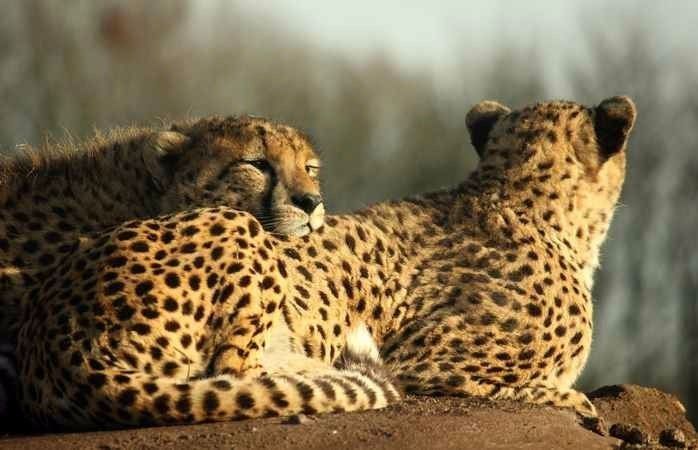
There is a lot of sand though. In fact, Iran’s vast desert is the only remaining habitat of the Asiatic cheetah.
Slightly smaller than its African counterpart, it is a critically endangered species and it is estimated that only around 50 cheetahs still roam the wild.
It’s not all bad news though, their numbers are slowly rising!
9. Spices worth their weight in gold
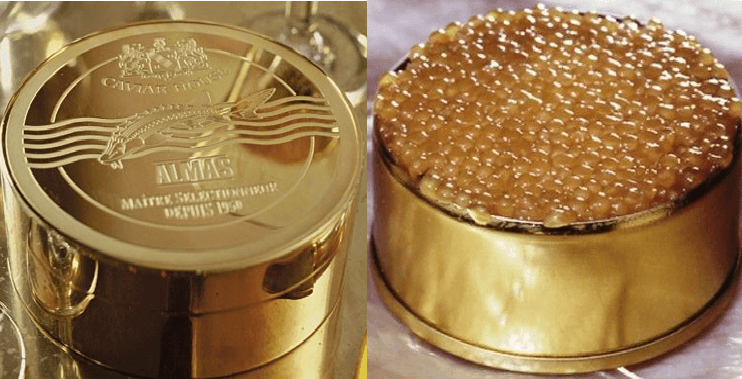
Iran is the largest exporter of caviar, the most expensive food in the world.
Not only that, the very rarest and costliest type of caviar comes from Iran too. Almas caviar, from the eggs of 60 to 100-year-old beluga sturgeon, sells for a whopping $31,000 per kilo!
And if that wasn’t enough, with a tradition dating back over 3,000 years, Iran also produces 90% of the world’s saffron, which, at £40 a gram, can cost more than precious metals – even gold.
It’s possible to take a tour of one of these farms and watch the picking of thousands of purple saffron flowers (the best time to visit is late October through November) but if you can’t get away, the Tavazo shops in Tehran are where you should go to get your “red gold” fix.
10. They have the world’s oldest operating windmills
The world’s first practical windmills, used to grind grain or draw up water, were invented in eastern Persia around 500-900 AD.
In Nashtifan, a windy town close to the border with Afghanistan, these horizontal windmills built out of clay, straw and wood have been used for centuries – and some of them are still fully functioning to this day!
11. They invented the postal service

It’s probably safe to assume that as long as there’s been writing, there’s been correspondence. But it is widely believed that the first real postal system was also invented in Ancient Persia around 550 BC, under the rule of Cyrus the Great.
The Persian ruler mandated that every province in his kingdom organize delivery and reception of post for its citizens, had roads especially built across the country for the purpose and even convinced neighboring countries to do the same.
12. Persian rugs are (im)perfect
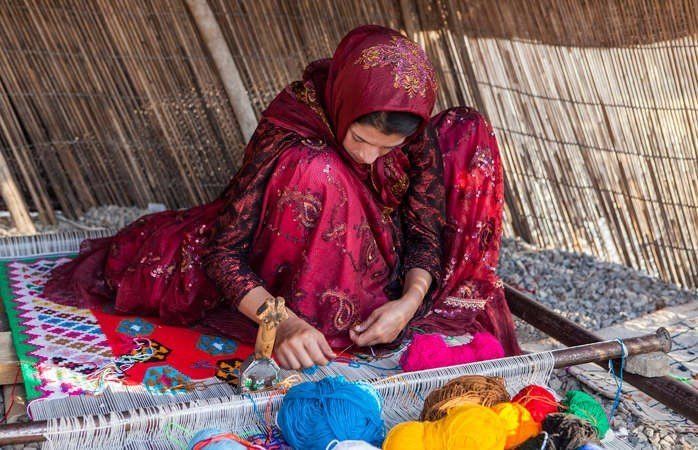
According to an old Persian proverb, “A Persian rug is perfectly imperfect, and precisely imprecise”.
Why? It’s simple, really. A fine Persian rug will almost always include intentional imperfections to symbolize how only God can create perfection.
Religious beliefs aside, the history of the Persian rug dates back over 2,000 years! The traditional skills of carpet weaving of certain regions of the country – like the alluring city of Kashan in the Isfahan province – have been passed down through innumerable generations and were recently classified by UNESCO as Masterpieces of the Oral and Intangible Heritage of Humanity.
